Specific Gravity Frame
Objectives of Specific Gravity and Water Absorption Test
Specific Gravity and Water Absorption Test of Coarse Aggregate are two important tests of coarse aggregate used in construction
Specific Gravity
“Specific Gravity is defined as the ratio of the weight of a given volume of aggregate to the weight of an equal volume of water.”
The specific gravity is usually showed the strength and quality of the material. The specific gravity of aggregates test is usually used for the
identification of stones or aggregates.
Aggregates with low specific gravity values are mostly weaker than those with higher specific gravity values.
Water Absorption
Water absorption of aggregates is the % of water absorbed by an air–dried aggregate when immersed in water at 27°C for a period of 24 hours.
Significance of Water Absorption Test On Aggregates
The water absorption test uses to find the water holding capacity of the aggregates.
The water is absorbed by the aggregates or stones in their pores known as water absorption. Usually, water absorption gives an idea about the strength of the aggregates.
That aggregate has more water absorption is usually unsuitable for the construction.
There is a basic 3 method specified to find out the specific gravity of aggregates based on their sizes.
The aggregates are larger than the 10mm (Basket method)
The aggregates are between 10mm and 40mm (Basket method)
The aggregates are smaller than 10mm (Pycnometer bottle)
To Determine the Specific Gravity and Water Absorption Value of Aggregate Sample.
Apparatus Required
Specific Gravity Test Frame ( https://www.parsros.net/urun/specific-gravity-frame/ )
1. Balance
The balance used to measurethe aggregate has sufficient capacity (3kg minimum). Accuracy of balance readable up to 0.5gm.
The balance is such a type and its shape is also to permit the basket containing the sample to be hanging from the beam and weight in water.
2. Oven
The oven use for the test is well ventilated or thermostatically control to maintain the temperature of oven up to 100*C to 110*C.
3. Wire Basket
The wire basket used for the test is not more than 6.3mm mesh or it is also a perforated container of convenient size.
It usually chromium–plated and done well polished.
It has wire hangers that are not thicker than 1mm for hanging it from the balance.
A basket has freely hanged this type of watertight container is used.
The dry and soft absorbent clothes are used. (2nos.). Min. size of the clothes is 75*45cm.
A tray is used for test Min. area not less than 650cm^2.
An airtight container is also used. The capacity o container is similar to the basket.
Specific Gravity and Water Absorption Test of Aggregates
Following the procedure used for specific gravity and water absorption test of aggregate,
Take about 2 kg of an aggregate sample(Aggregate which has been artificially heated shall not be used).
The aggregates are thoroughly washed so, the finer particles of the dust are removedfrom their surface.
Then the washed aggregatesare placed in the wire basket and immersed in the distilled water at a temperature between 22° C to 32° C with cover from the water surface at least 5 cm top of
the basket.
The basket immersedin the water requires immediate removal of entrapped air.
This entrapped air was removed by lifting the basket 25 mm above the base of the tank and allowing 25 drops at the rate of about 1 drop/sec.
Then basket filled with aggregate is allowed to be immersed in water for a period of 24 hrs.
After 24 hours the basket and the aggregatesare weighed in the water at a temperature of 22° C to 32° C. (W1)
Then the basket and the aggregates are taken out from the water and it allows to drain for a couple of minutes after these aggregatesare removed from the basket and
placed on the dry cloths.
After this the empty basket is again immersed in the water, apply 25 drops, and weighed in water. (W2)
The aggregates are placed on the dry cloth and are gently surface dried with a clothif 1st cloth is not taken moisture then aggregates are transferred to the second one.
After these aggregates are spread on the cloth and less exposed to the atmosphere away from direct sunlight or also away from the other source of the heat until it appears to
be completely surface dried.
For accelerating the unheatedair may be used after the first 10 minutes for those aggregates which are difficult to dry and weigh it. (W3)
Then the aggregates are placed in the shallow tray and put in the oven at a temperature of 100° C to 110° C for 24 hours.
After 24 hours the aggregates are removedfrom the oven and fill in the airtight container for the cooling of it and weighed. (W4)
Observations
Weight of saturated aggregate sample suspended in wire basket = W1
Weight of basket suspended in water = W2
Weight of saturating aggregate in water = (W1-W2) = Ws
Weight of surface dry aggregate in air = W3
Weight of water equal volume of aggregate = (W3 – Ws)
Calculation
Specific Gravity of Aggregate = Dry Wt. Of Aggregate / Wt. Of Equal Volume Water = W4 / (W3- Ws)
Apparent Specific Gravity = Dry. Wt. of Aggregate / Wt. Of the equal volume of water excluding air = W4 / (W4-Ws)
Water Absorption of Aggregate = % by weight of water absorbed in terms of oven-dried weight of aggregate = (W3 – W4) x 100) / W4
Specific gravity and water absorption of a coarse aggregate lab report are prepared after calculating the above values.
IS Reccomanded Values
The specific gravity of coarse aggregate as per is code is 2.5 to 3.
The water absorption of aggregate ranges from 0.1 to 2%.


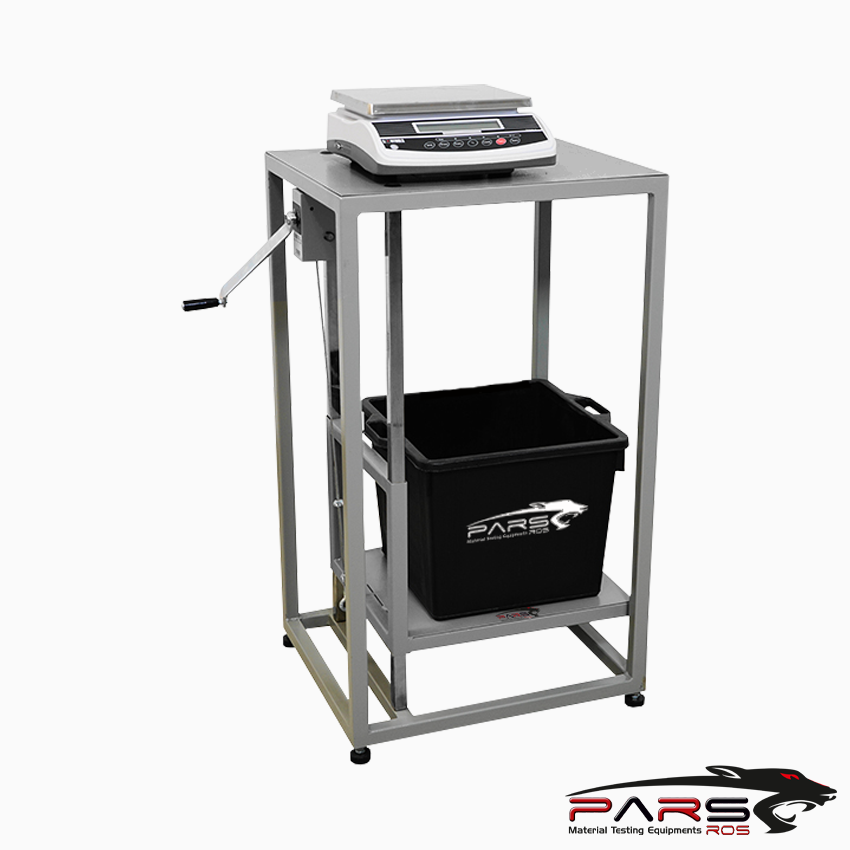
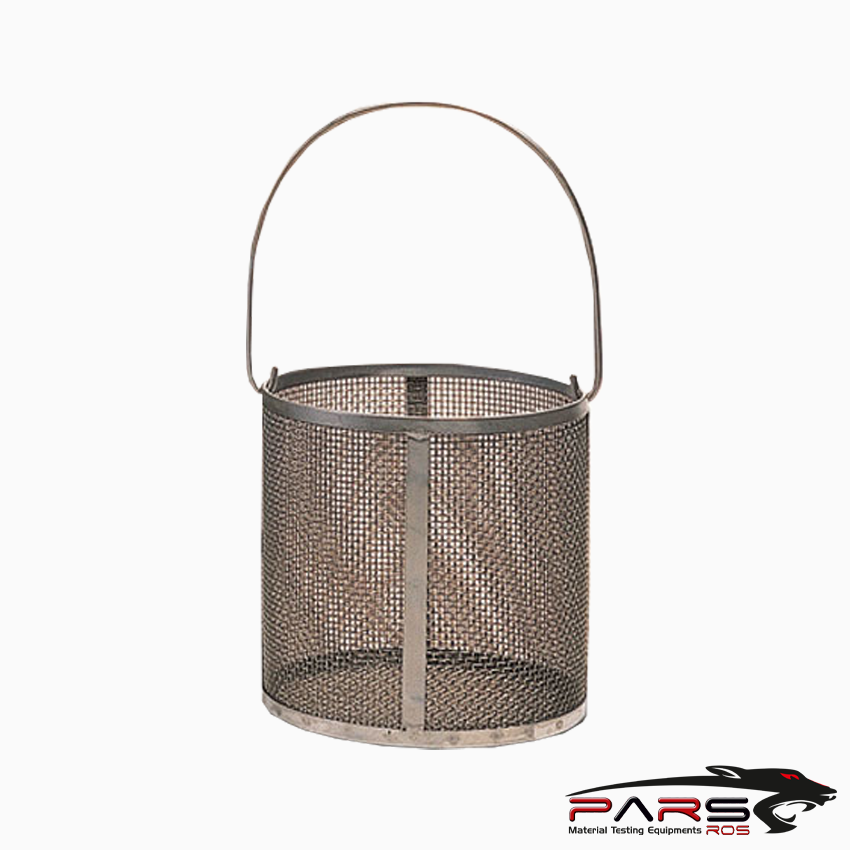
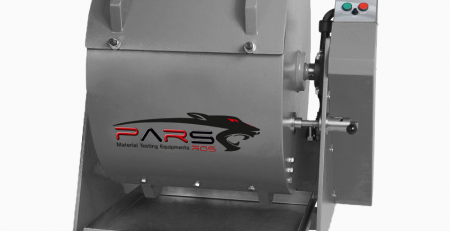
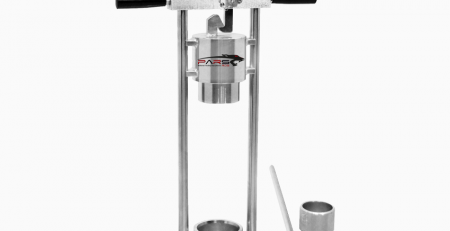
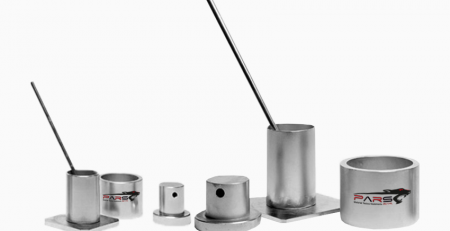
Leave a Reply
You must be logged in to post a comment.